7Artisans & TTArtisan 35 mm f 1.4 for Leica M Review - Christian Doffing
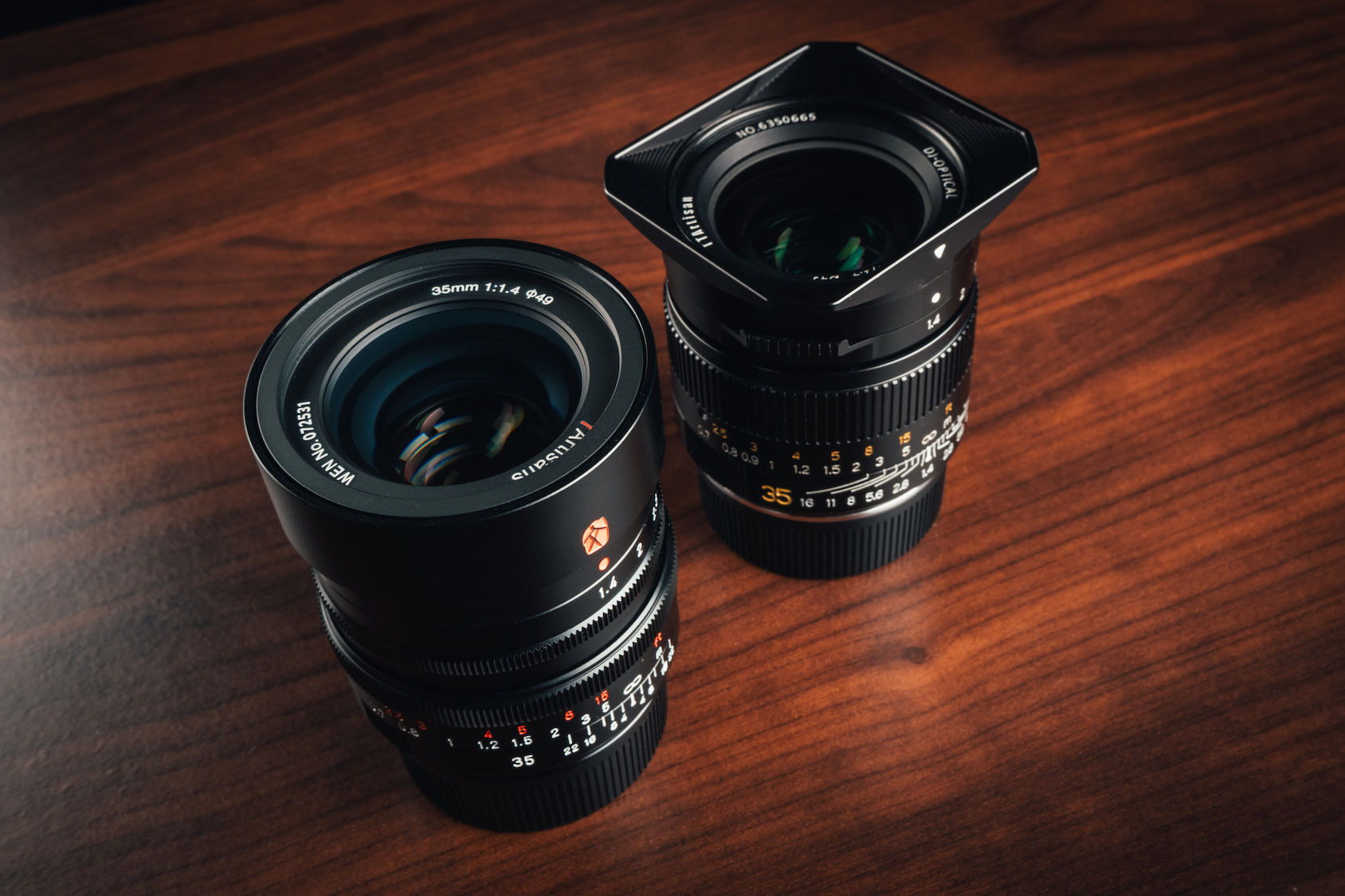
In this review, I would like to compare the TTArtisan and the 7Artisans 35 mm f 1.4 with each other.
The first thought that comes to mind is that the two must be very similar, because both companies have Artisan in their name and are supplied by DJ Optical. (More on this can be found in an earlier blog entry by Carsten Schouler.)
That this is not the case became obvious very quickly. I haven't owned a lens from these two companies before and I didn't know what to expect.
Jo Geier kindly made them available to me for testing. In terms of price, the two are very close to each other.
With the TTArtisan you can clearly see that the 35 mm Summilux was an inspiration.
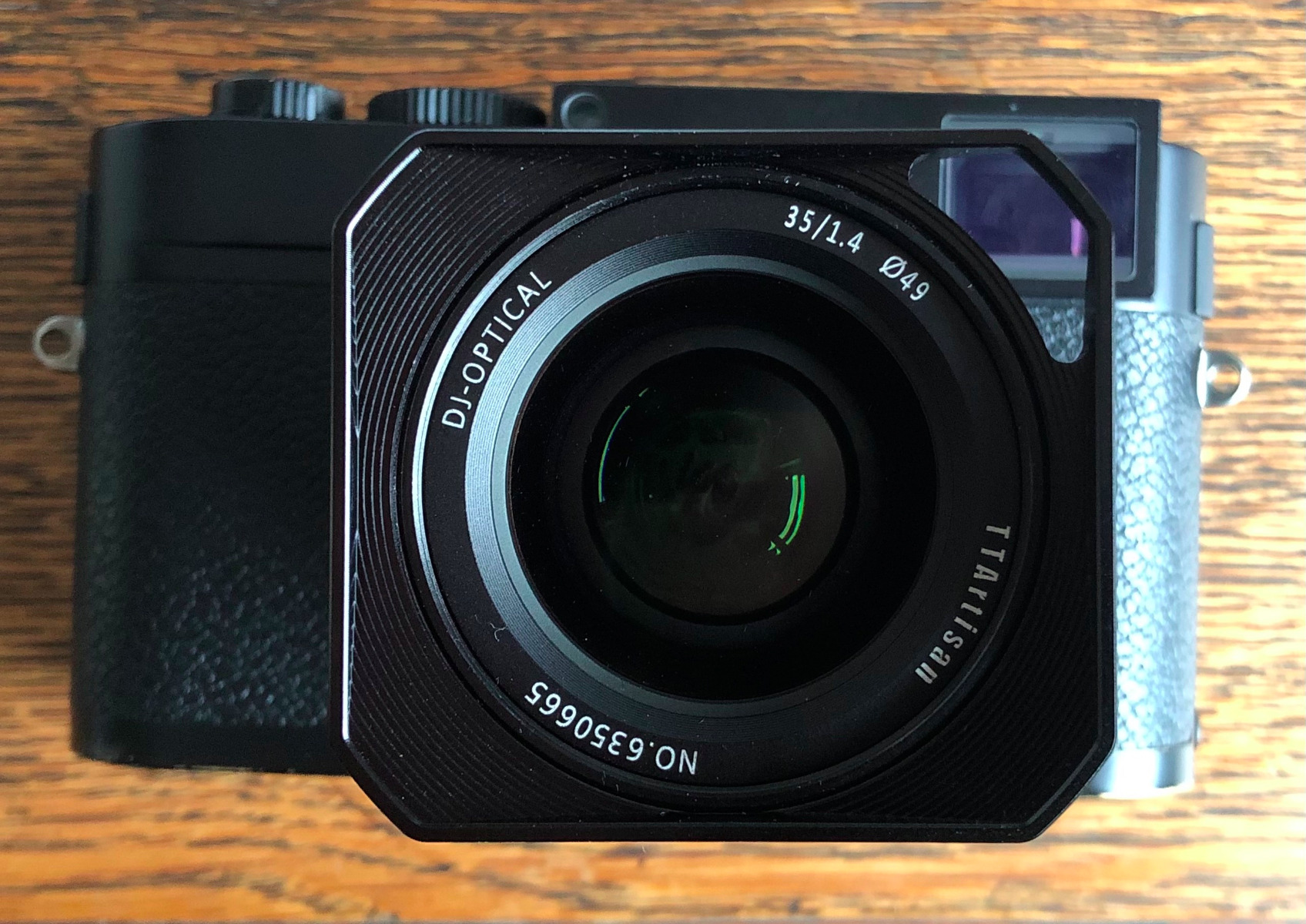
TTArtisan 35mm 1.4 on Leica M262
The 7Artisans has its very own look and there is no risk of confusion. But let's take a closer look at both of them. If you hold them in your hand, they both feel very massive and that's the first problem. For a 35 mm lens, these two are extremely heavy (TTArtisan is over 400 g) and large. If you look at the lenses without knowing them, you might think they are 50 mm focal lengths. With both, it is noticeable that the focus ring is very stiff at first but after turning it around for a while it gets a little easier. In comparison to other lenses, it is still quite stiff. Some people like it that way so it's a matter of taste, like a lot.
The lacquer looks robust on both lenses, although there is a small weak point on the 7Artisans, more on that below.
Both lenses get delivered with a lens hood from the factory, which is very nice because you usually have to purchase the lens hood individually from the manufacturer.
At the 7Artisan the lens hood is permanently installed and can simply be pushed up, but not locked. As a result, the cover slips back and forth at every opportunity and that certainly has an impact on the lacquer underneath, as metal rubs against metal here. The lens hood of the TTArtisan looks very valuable. It is point turned and can be unscrewed if necessary. But there are also 2 small flaws. On one hand, you can discuss about the usefulness of the lens hood, because it is only a few millimeters high. On the other hand, the thread is not produced precisely, which is why the lens hood always remains rotated a little to the left.
What I particularly like about the TTArtisan is the built-on focus tab. It gives you a lot of feeling while focusing. With the 7Artisans, the focus tab can optionally be glued on. The locking of the f- stops feels very precise with the TTArtisan, with the 7Artisan, on the other hand, the click is extremely soft and you are never really sure whether the ring is actually set in the position that you want. The ring also misplaces quicker.
The finder-blockage is, in matter of size, very acceptable.
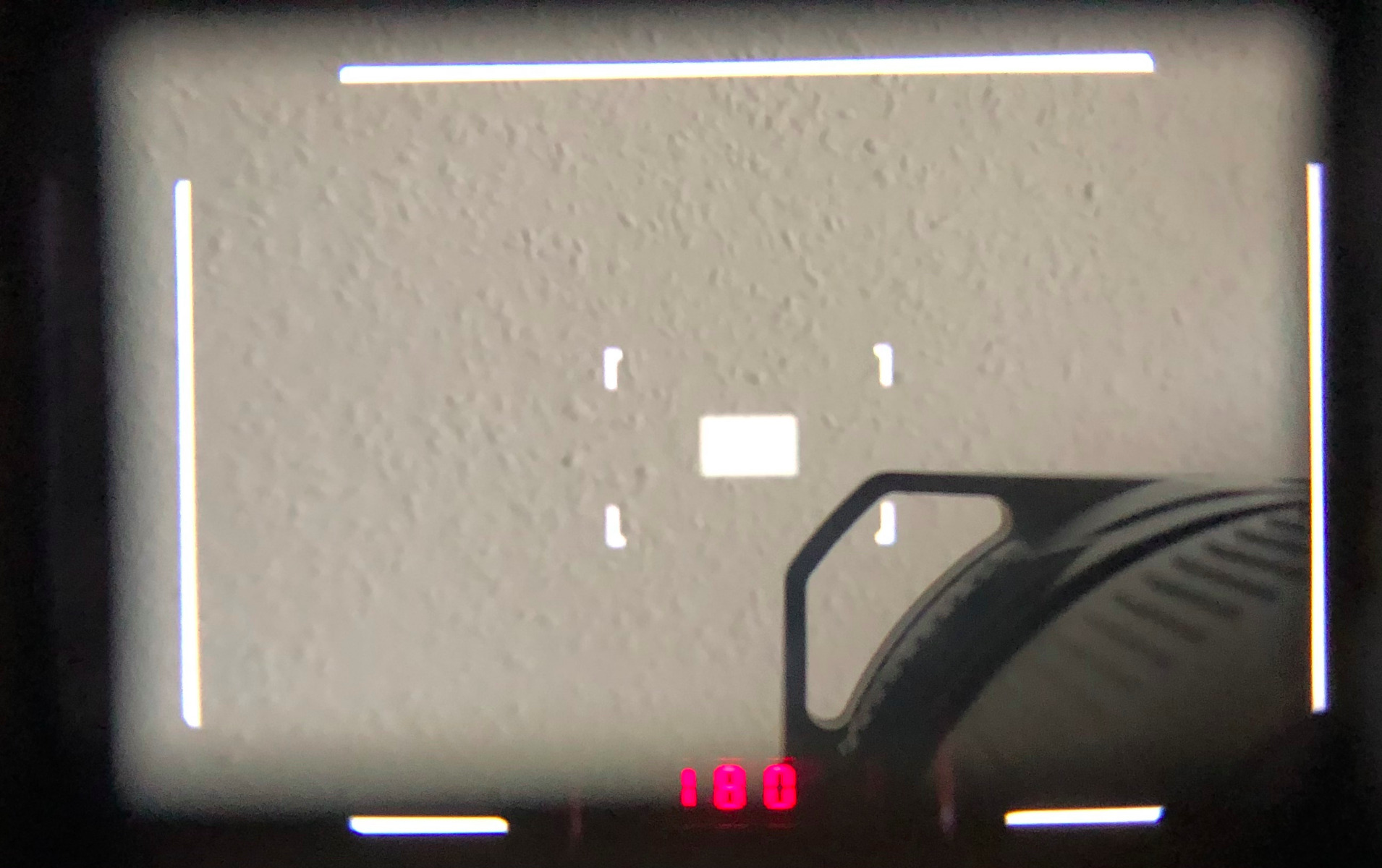
Finderblockage: TTArtisan 35mm 1.4 on Leica M262
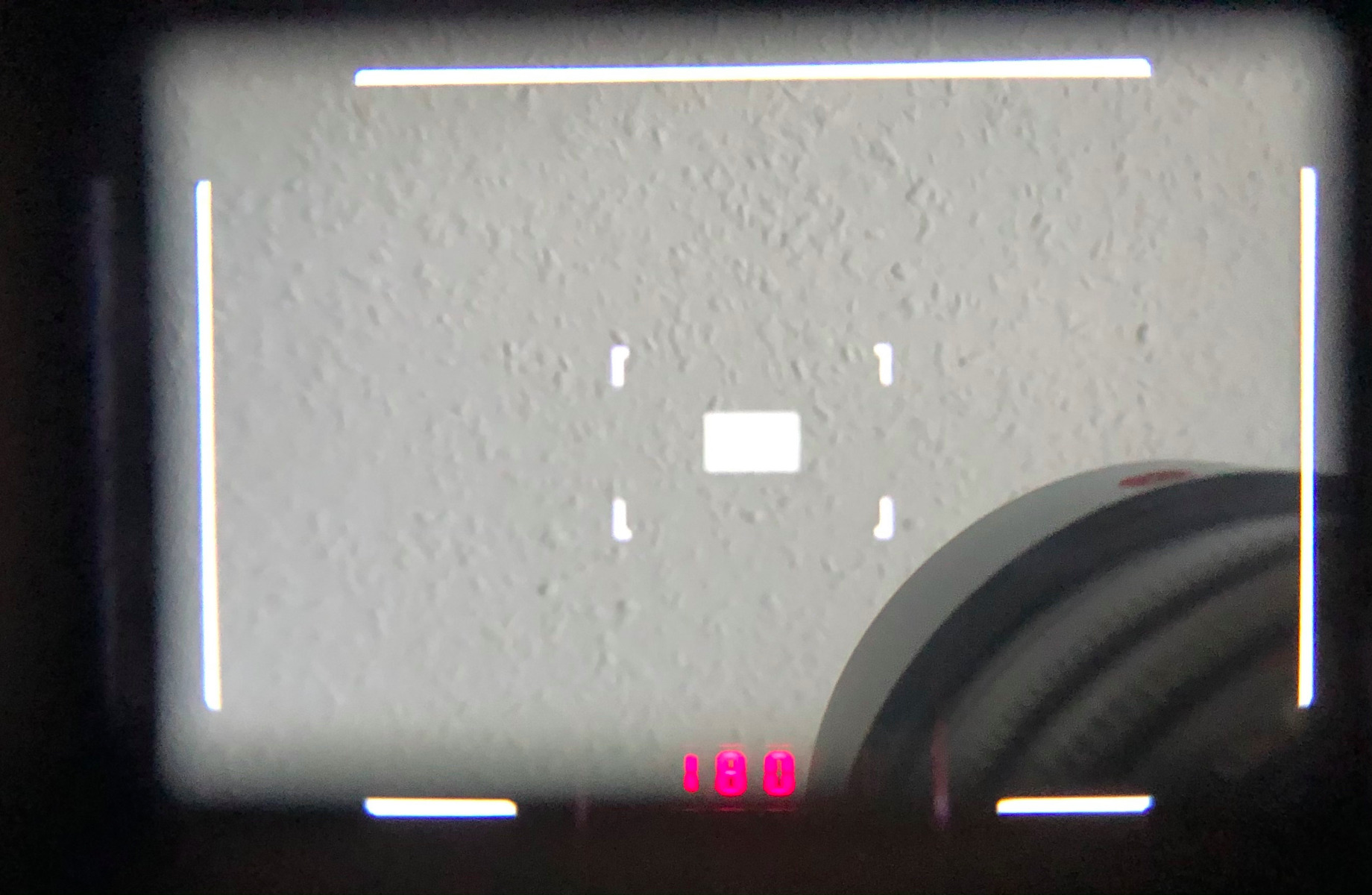
Finderblockage: 7Artisans 35mm 1.4 on Leica M262
The really decisive thing is of course the look of the picture. My subjective opinion, written below, is based on photos I took with both lenses. I shot with an M262 in RAW format. Afterwards, only the white balance was set. But this is the same for both pictures to get an impression of the different color rendering.
Both lenses look very similar at first sight. In the middle they are more than sufficiently sharp and the bokeh is soft, but still slightly defined. Both combine a classic look with a modern image quality, but they differ in detail. The 7Artisans convinces with a much cleaner drawing of the bokeh. There are no aberrations in the bokeh circles and it looks very homogeneous. Additionally it looks as if it has a small, barely noticeable swirl. With the TTArtisan, there are small colored edges in the bokeh circles, so it looks very troubled. The colors appear very differently. With the same white balance, the TTArtisan image is more slightly to green, where as the 7Artisan tends to be blue / purple. You have to keep this in mind during post-processing. If you stop the aperture down on both of them, they become much sharper especially towards the edge. The vignetting is also acceptably wide open and can be easily calculated out. There was no lensflare producible, but, to be fair, the weather was not very sunny during the test period.
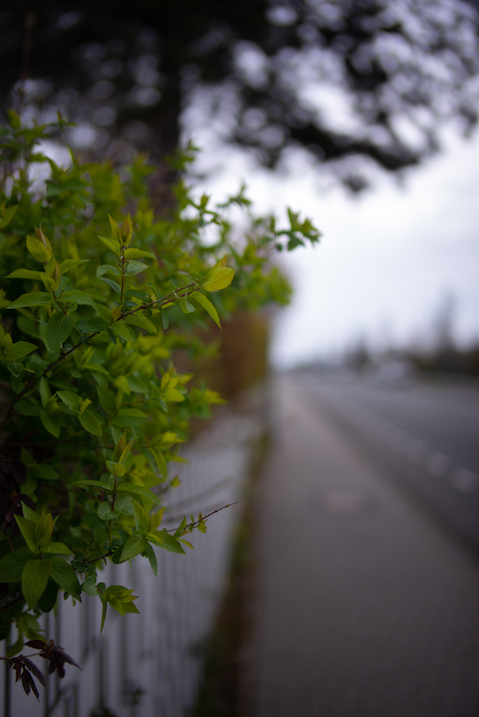
7Artisans f 1.4 ISO 200 1/4000s
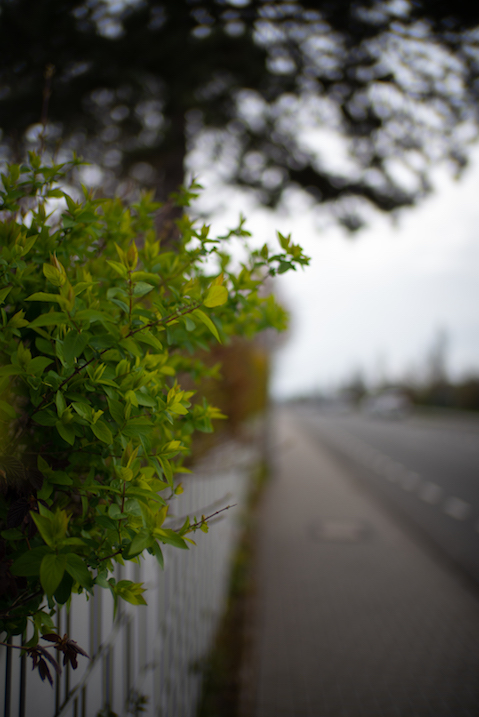
TTArtisan f 1.4 ISO 200 1/4000s
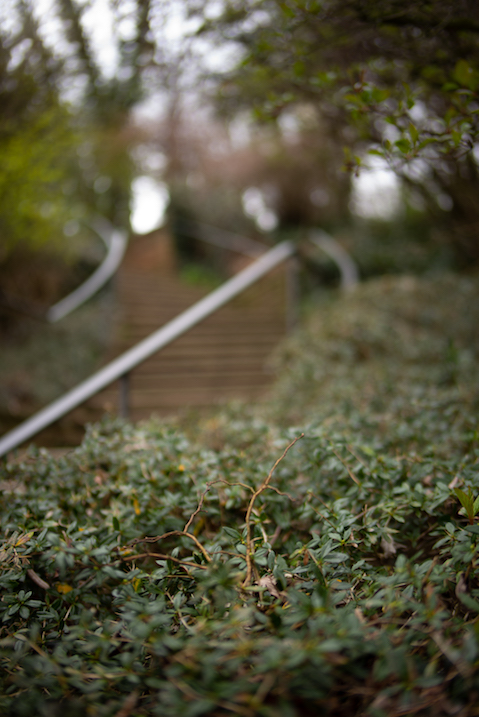
7Artisans f 1.4 ISO 100 1/500s
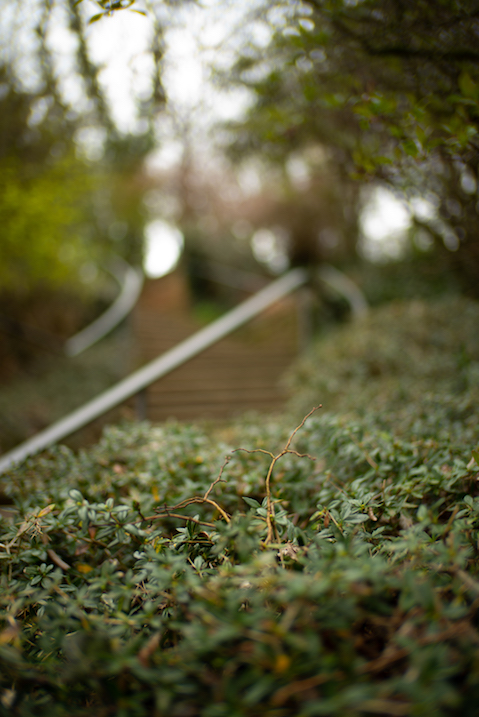
TTArtisan f 1.4 ISO 100 1/500s
In summary, it can be said that both lenses are convincing. If I had to choose between the two, it would be very difficult for me. The TTArtisan convinces me more in terms of its feeling, but definitely the 7Artisans in terms of its look. I think, that’s the more important point. With the 7Artisans, the manufacturer puts a cognac-colored leather quiver on top, which ensures safe transport. Finally, I have to clarify once again that the two lenses play in a different league and should not be put on the same level as Leica lenses because of the price alone. So for whom is such a lens worthwhile? If someone can get an analog or digital camera with an M-bayonet cheaply and doesn't want to spend more than necessary, then go for it. If you want excellent imaging performance, especially towards the corners, low weight and compactness, you should invest more. In the end, as always, it's a matter of taste.
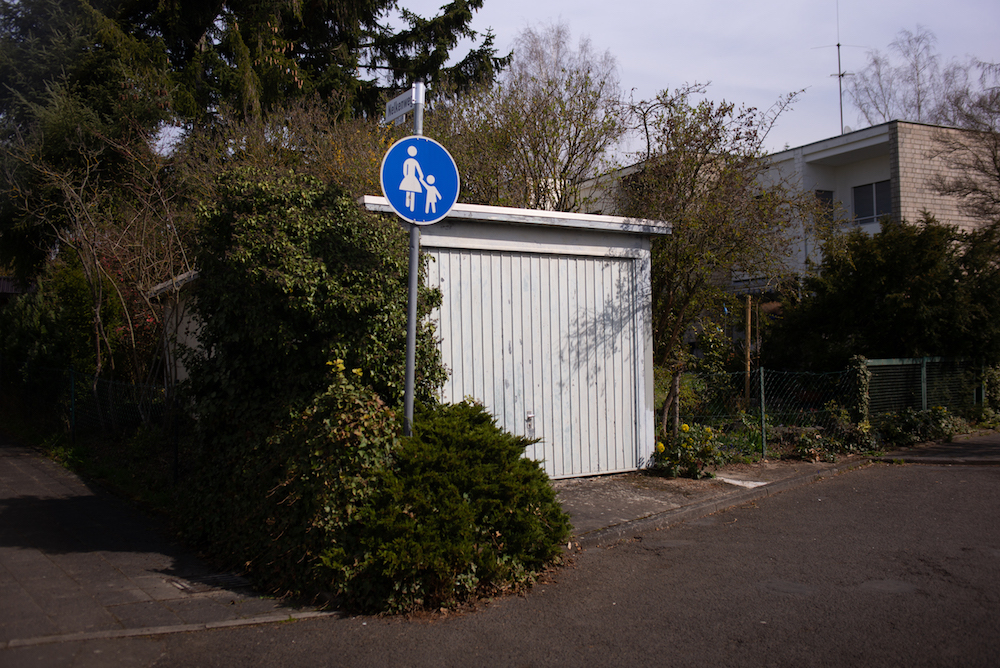
7Artisans f 5.6 ISO 200 1/4000s
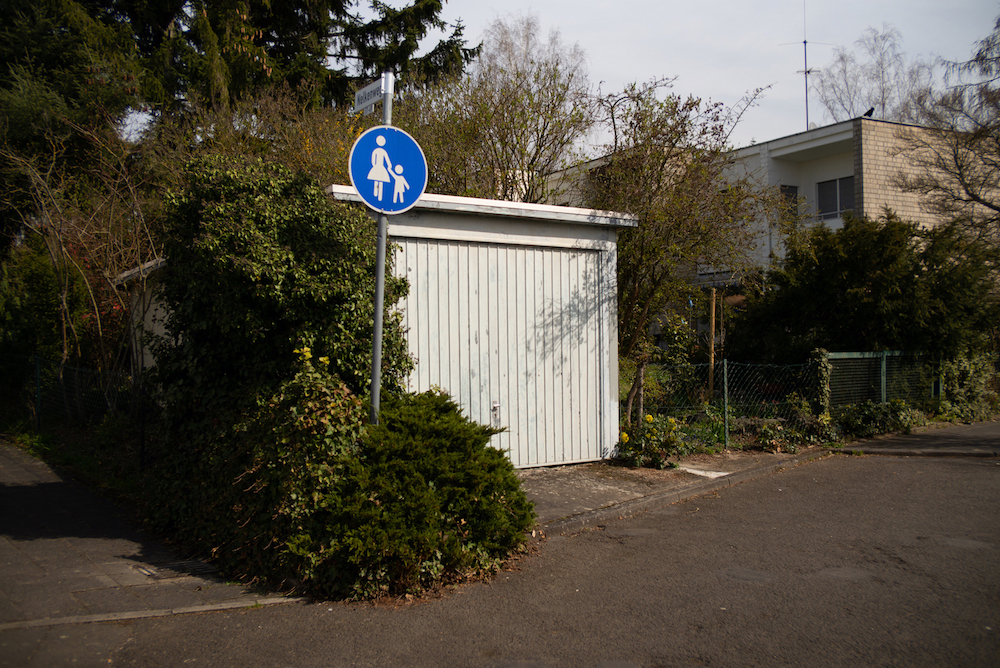
TTArtisan f 5.6 ISO 200 1/4000s
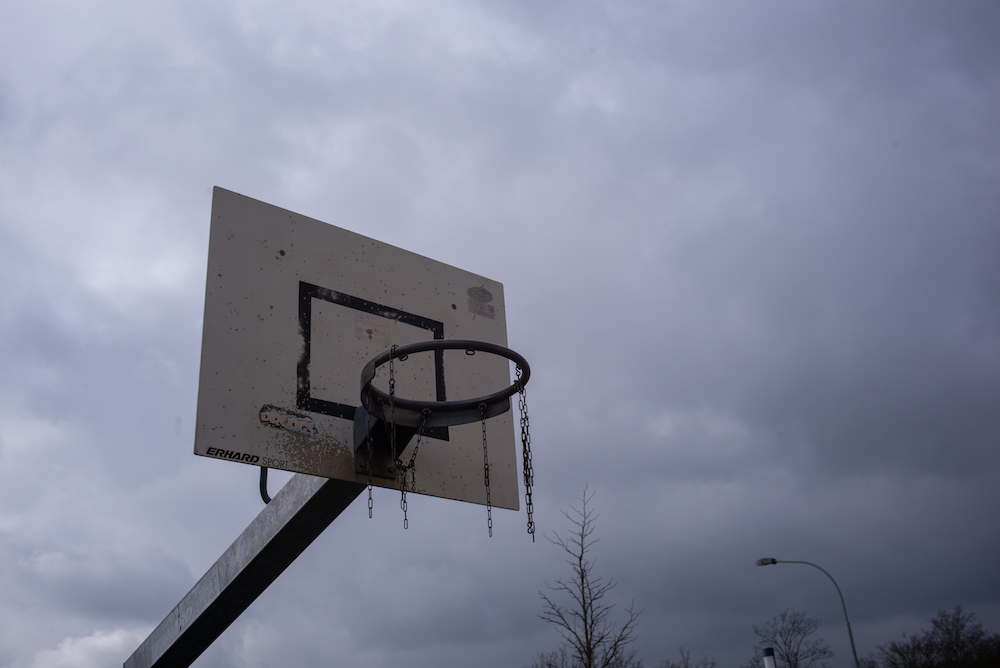
7Artisans f 5.6 ISO 200 1/2000s
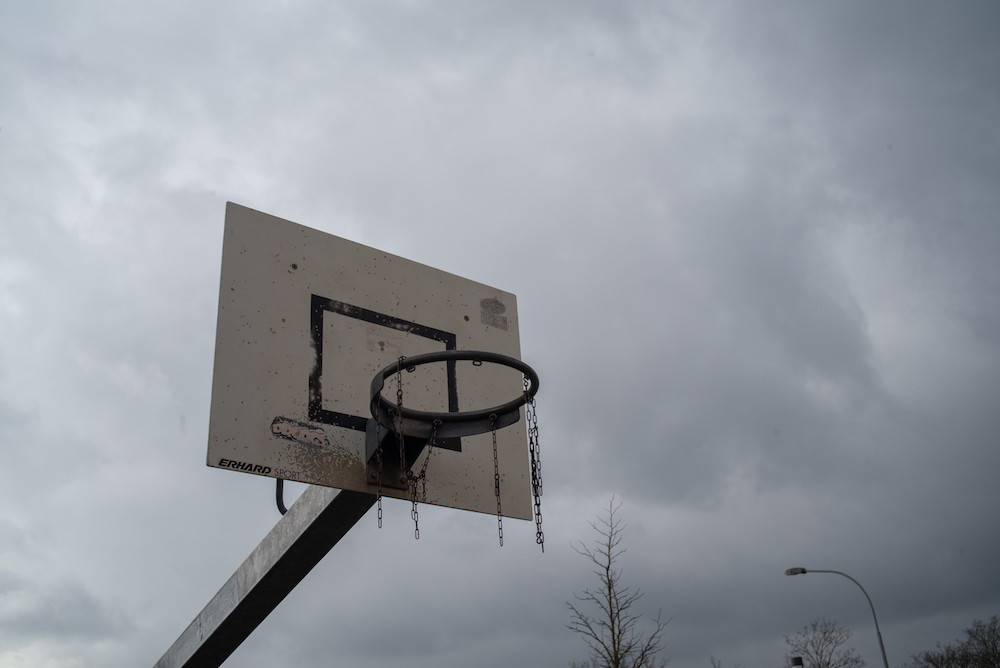
TTArtisan f 5.6 ISO 200 1/2000s
-
Where to Repair Your Vintage Camera And What to Watch Out For
-
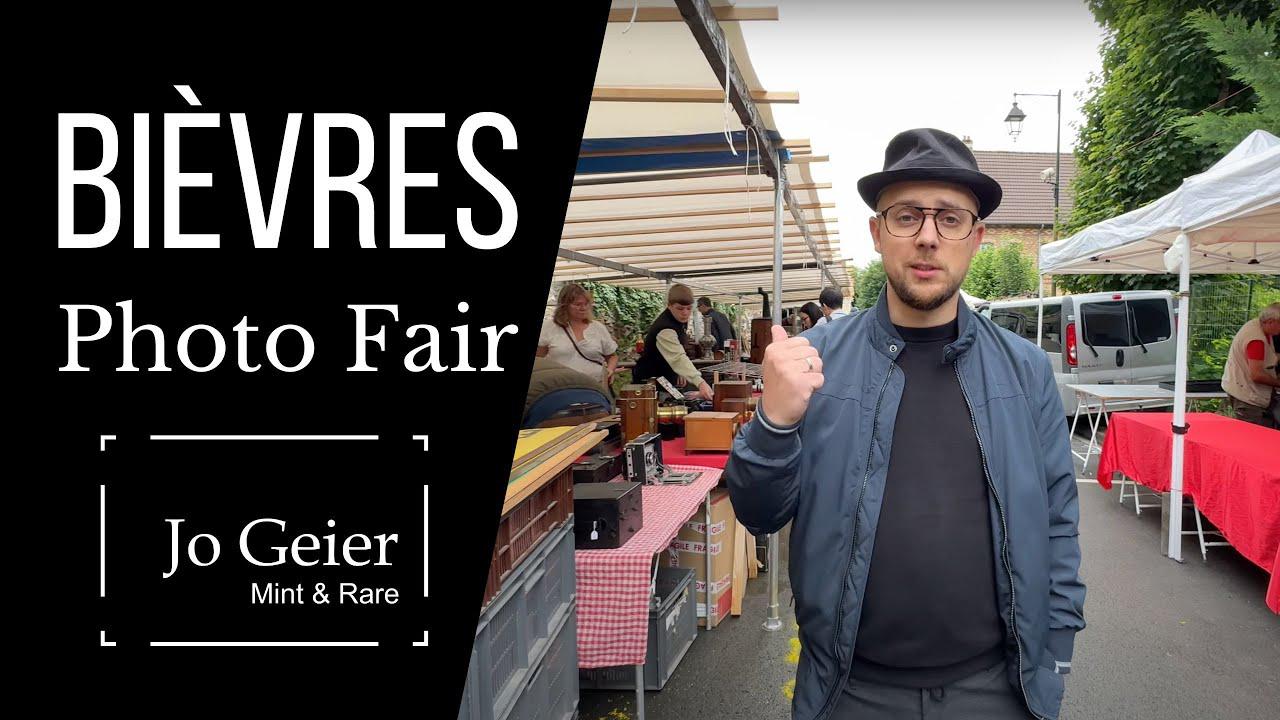 Meet Us at the 61st Bièvres International Photo Fair – June 7–8, 2025
Meet Us at the 61st Bièvres International Photo Fair – June 7–8, 2025
-
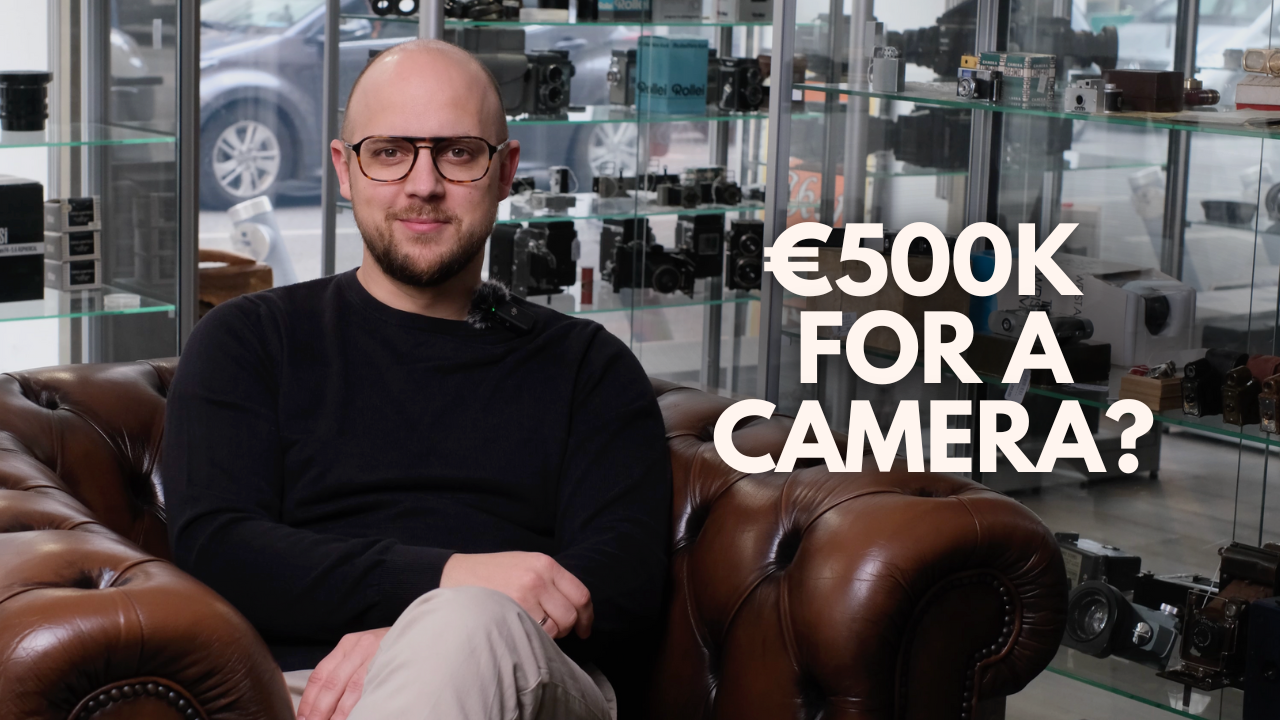 Shocking Bidding Results at Wetzlar Camera Auctions - Jo Geier - Mint & Rare
Shocking Bidding Results at Wetzlar Camera Auctions - Jo Geier - Mint & Rare
-
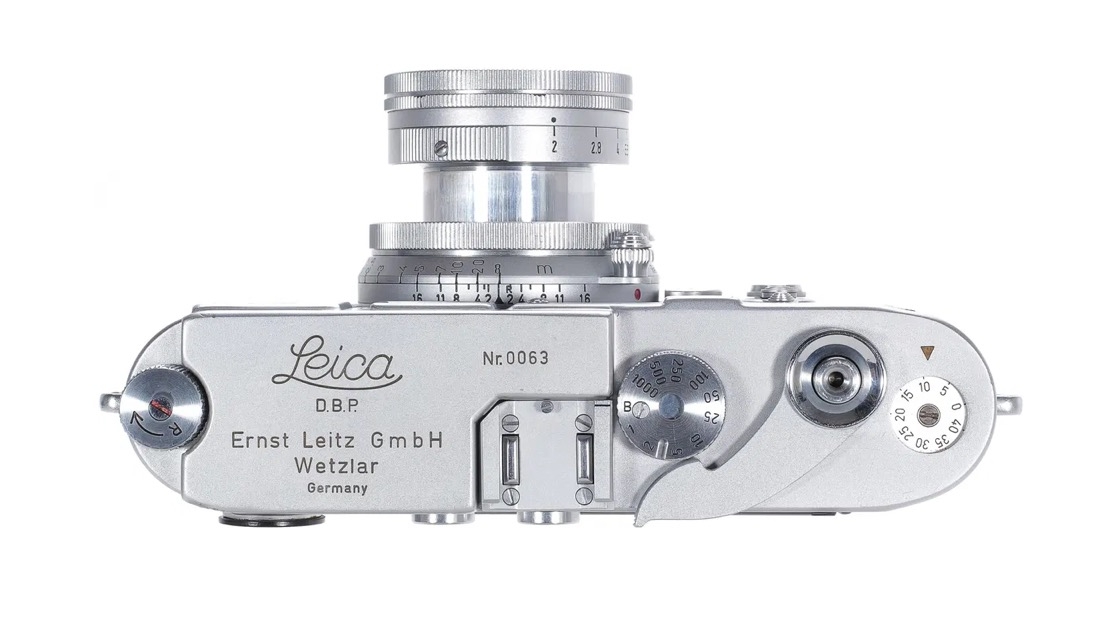 Leica Prototype Cameras & Lenses: Rare Collector’s Guide
Leica Prototype Cameras & Lenses: Rare Collector’s Guide
-
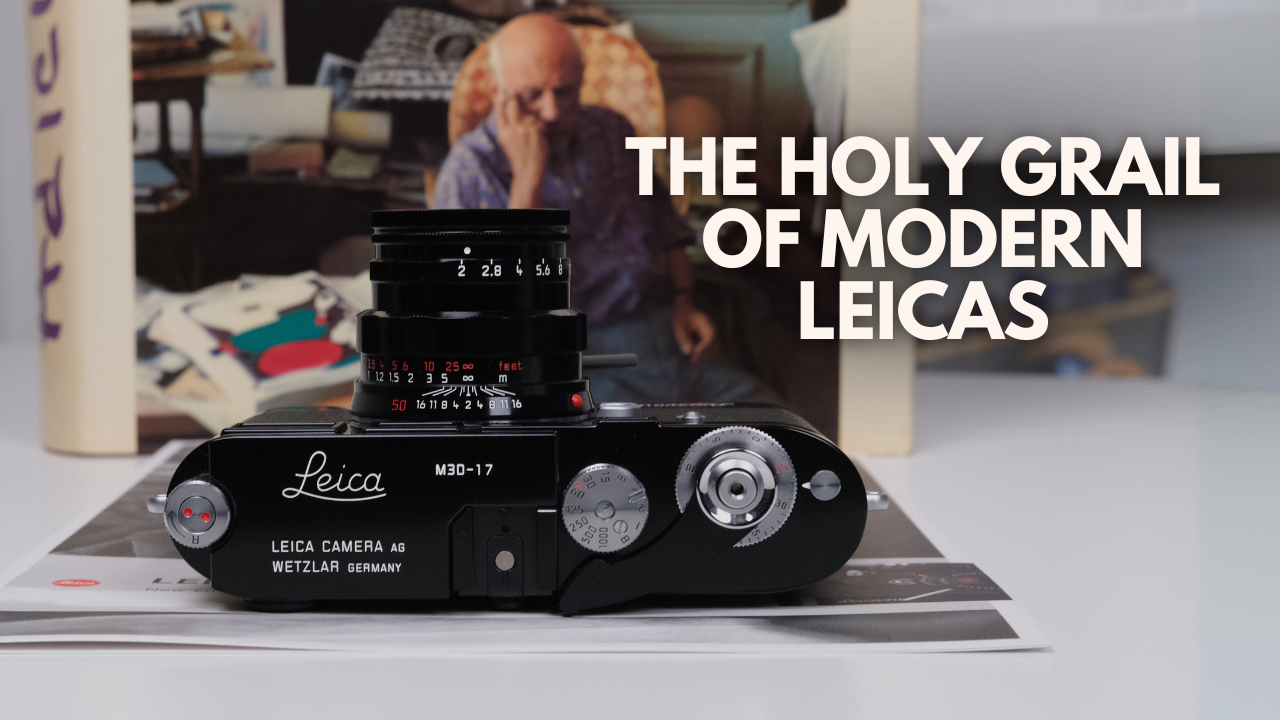 Only 16 Exist: Leica M3D-17 David Douglas Duncan - Jo Geier - Mint & Rare
Only 16 Exist: Leica M3D-17 David Douglas Duncan - Jo Geier - Mint & Rare
